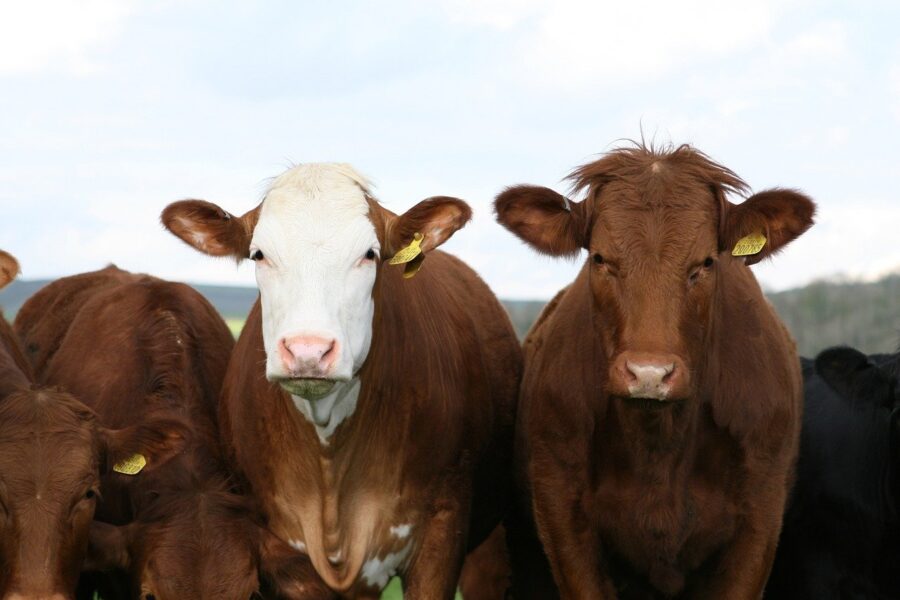Lab-Grown Meat Is Now Okay To Buy In The United States
Lab-grown meat from two companies have been approved by the USDA for sale to the public.

The past decade has proven to us that plant-based meat alternatives are capable of making their way into our regular rotation of safe and sustainable consumable goods. According to The Byte, scientists are already exploring a new frontier in the form of lab-grown meat, which is an exciting new development. There are two companies leading the charge to produce lab-grown chicken: Upside Foods and Good Meat, both of which received the necessary approvals from the US Department of Agriculture to sell their brands of lab-grown meat in the US.
Though the concept of lab-grown meat reminds us of the dystopian future that Margaret Atwood presented to us in her MaddAddam trilogy, the concept isn’t as sinister as one would think. By using real animal cells, scientists are able to create “meat” more ethically in the sense that they aren’t killing or harming any animals to produce it. But the jury’s still out on whether the flavor compares to the meat that’s obtained through slaughtering livestock.
Though we’re intrigued by the concept of lab-grown meats and would like to get a taste for ourselves, we’ll probably still have to wait sometime before we can get our hands on both Upside Foods and Good Meat’s products. Getting government approval to publicly sell chicken that is synthesized in a lab is just one step in the process. After all, both Impossible and Beyond brand plant-based meats didn’t hit grocery store shelves right away either but rather went through a lengthy trial run in select restaurants to see if the public was interested in the first place.

The glaring difference between plant-based meat and lab-grown is on the sustainability front. It’s been proven in the past that plant-based meats utilize far less resources and produce less greenhouse gases than cultivating livestock, but lab-grown meat in its current form actually produces four to 25 times more greenhouse gases at the time of this writing. Given that this kind of innovation is still in its infancy, it’s not outside the realm of possibility that new ways to scale the product for mass consumption will show us a reduced carbon footprint in the long run.
Until the market is properly tested, we’re not quite sure who the primary demographic for lab-grown meat will be either. At this point in time, plant-based meats are a no-brainer for flexitarians and vegans alike because no animals are harmed in its production. But depending on who you ask, the production could still be considered a form of animal exploitation even though the meat is grown in a lab.
In other words, it’s going to be a long time before lab-grown meat becomes a staple in our diets. It’s worth noting, however, that we’re on the right track if the US Department of Agriculture has given companies like Upside Foods and Good Meat the green light to continue exploring this avenue of alternative ways to consume meat. Whether it takes one year or 30 years to see these products at your local grocery store depends on how the technology develops and whether people are interested enough to give it a shot.












